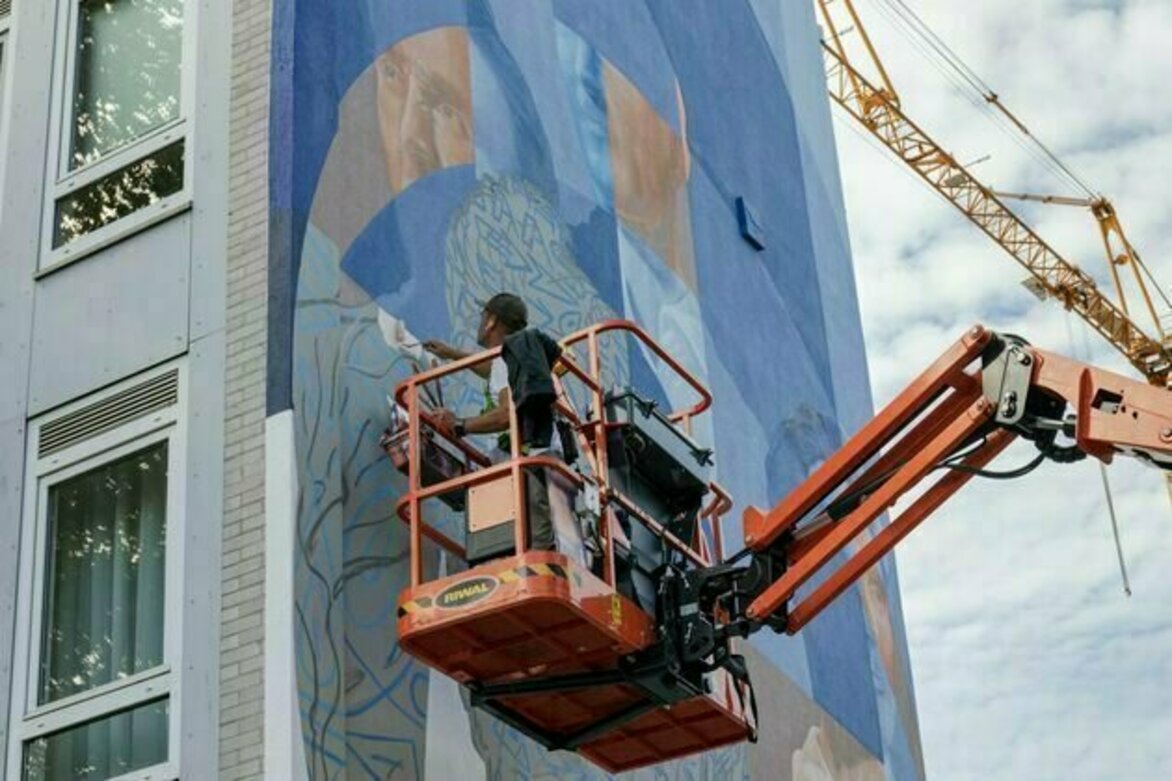New research lays bare the harsh realities facing artists and arts workers
The Conversation
02 Apr 2025

Australia's visual arts and craft workers are facing increasingly deteriorating conditions, according to research published today.
Our four-year study reveals workers are abandoning the visual art sector, largely because of unstable employment, below-average salaries and a lack of support.
We present findings from the largest academic surveys of artists and arts workers to-date - the first conducted in 2022 (more than 700 respondents) and the second in 2024 (almost 900 respondents) - with income and employment data from four financial years between 2018 and 2024.
Alongside the surveys, we conducted interviews with 20 artists and arts workers to better understand hybrid career patterns - and consulted widely with industry.
Artists and arts workers represent a financially vulnerable group in Australia's workforce. Our research identified concerning patterns of work, including:
high levels of education that don't match salaries, which are well below the average for professional workers
high levels of unpaid work, volunteer work and self-employment
a highly gendered (majority women) workforce, with a significant gender pay gap
barriers to opportunity and career progression for people with disability and from diverse cultural backgrounds.
We also found artists and arts workers often don't know which awards and agreements they're covered by, if any.
According to our 2024 survey responses, more than 74% of the visual arts workforce identify as women.
Despite this, there was a significant gender pay gap. On average, woman artists earned 47% less than men artists, while women arts workers earned 23% less than men arts workers.
This is much higher than the broader gender pay gap of 11.5% in 2024 (based on base pay for full-time workers).
The average income from visual art or craft practice in 2023-24 was A$13,937, with men artists reporting an average of $23,130, women artists $12,330, and non-binary artists $14,074.
This is matched with slow progression through career stages from emerging to "established", particularly for women artists.
Artists are surviving by taking multiple jobs. Only 25% of respondents spent 100% of their working time as an artist - with 82% receiving at least some income from other jobs.
Half of artists also participated in unpaid work. This equated to an average of 28 hours per month.
The cost-of-living crisis added further financial pressure, with 63% of respondents saying they were very or moderately financially stressed when it came to paying for essential goods and services.
This had a flow-on effect on wellbeing. Half the artists surveyed rated their mental health as poor or fair, while 59% rated their work-life balance as poor or fair. These issues were amplified for artists with disability and from diverse cultural backgrounds, who experience significant barriers to participation.
Arts workers, meanwhile, reported working an average of 45 hours per week in 2024. Despite this, 60% said they wanted to work even more hours - pointing to low pay and the challenges of making an arts career viable.
On average, arts workers earned an annual income of $63,031. This was much lower than professionals in other industries, who earned an average income of $100,017.
Our report contains a suite of policy recommendations and priority actions for the arts industry to address these issues.
To address gender-related disparities, we suggest:
requiring gender pay gap reporting from organisations receiving public funding, along with action plans to address disparities
greater transparency in recruitment and promotion processes
commitments to gender equity targets in leadership positions.
We also recommend greater transparency and reporting of disability and cultural diversity representation in staffing, including leadership and board roles, to promote accountability and drive cultural change.
Funding incentives should be introduced to support diverse leadership - including higher pay to compensate for the additional workload carried by workers from First Nations, disability and culturally diverse backgrounds.
To address the intractable issue of low incomes, we suggest all funding contracts from state and federal arts bodies mandate adherence to industry best practice (such as NAVA's Code of Practice). This will help agencies better support artists and arts workers, and uphold employment standards across the sector.
Further, operational funding agreements should consistently prioritise secure work for artists and arts workers, by laying down permanent contracts or minimum fixed terms.
Finally, there must be greater, more transparent recognition of the amount of unpaid labour in the arts, and a commitment to moving away from this. We therefore recommend sector-wide reportable targets aimed at reducing unpaid labour.
